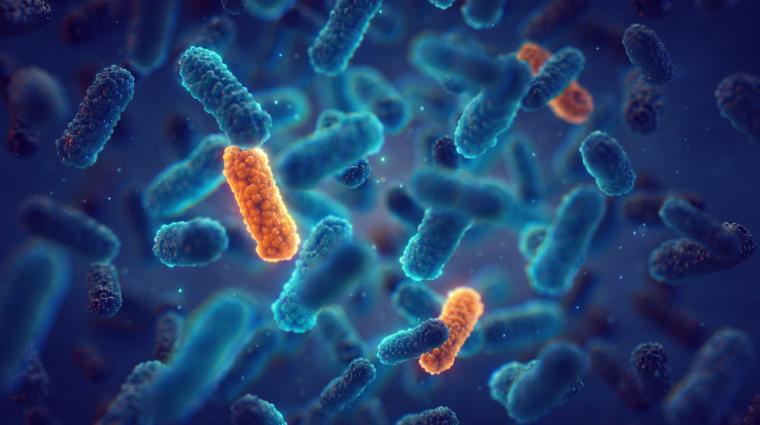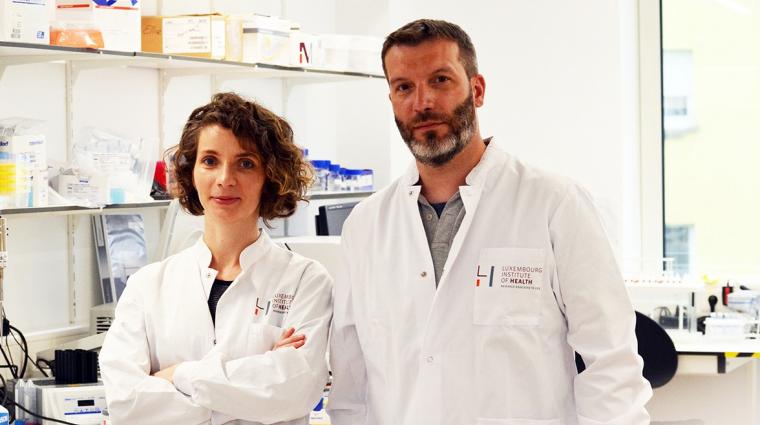
Creative Commons Attribution 4.0 International License
Zebrafish can regenerate cardiac tissue after damage. Could they help researchers to find clues on how to induce the same response in humans?
Cardiovascular diseases, which include heart failure and myocardial infarction (or simply heart attack), remain the number one cause of death worldwide. Hence, it is necessary to identify new tools to detect the development and predict the outcome of these conditions and find new ways to treat these diseases.
Much can and has been done with patient studies (link to biomarker article), but to better understand the underlying mechanisms of cardiovascular diseases, animal models and experimentation can provide further insights and indeed help identify potential new treatments to improve patients outcome.
During the 3rd World Congress on Acute Heart Failure in Florence in May 2016, members of the Cardiovascular Research Unit of the Luxembourg Institute of Health (LIH) presented results showing that the zebrafish is an ideal experimental model to investigate heart failure development and recovery. Heart failure happens when the heart is unable to pump sufficient blood through the body or beats incorrectly so that it doesn’t meet the body’s needs.
New therapeutic approaches to suppress or ideally reverse heart failure are needed. What is so special about the small zebrafish and how can the results from this model organism be related to what happens in human beings?
Zebrafish as an animal model to study heart failure
Zebrafish are tiny, about 2.5 to 4 cm long, colourfully striped fish native to southeast Asia. Since the 1960s, they have served as a useful model organism to study vertebrate development, gene function and human diseases partly because they reproduce and grow quite fast, are cheap to maintain and share 70% of genes with us.
Zebrafish have the incredible ability to regenerate cardiac tissue after damage, which often happens during heart failure. This is something that the human heart can’t achieve. Because zebrafish and humans share many fundamental biological processes, findings in this animal model could be translated to humans. If we can identify specific pathways of how zebrafish can repair their hearts, it may be possible to develop ways of repairing human hearts as well.
Zebrafish can reverse heart failure within a few weeks
The work presented by the group at the conference consisted in chemically inducing heart failure and studying cardiac structure and function afterwards. All experiments were performed in accordance with animal use and ethical regulations.
The researchers showed that zebrafish were able to reverse heart failure within a few weeks. Better understanding of the mechanisms behind reversing this condition will help in the discovery of new targets to develop treatments to improve patient outcome.
Developing new treatments for heart failure in humans
However, there is much work to be done before developing a new treatment for heart failure.
First, researchers analyse a large number of molecules in the zebrafish heart that change during heart regeneration and identify the ones playing the most important roles in this process. Then they study the molecules to understand how they help the heart to regenerate. This is achieved through computational tools and directly manipulating each molecule in cells or in animal models.
Since these molecules play key roles in heart regeneration, they may be used to treat heart failure. Thus, researchers check if such molecules are safe and efficient to be tested in humans. If they are safe and beneficial, the next stage is to set up a clinical trial and, only after the success of this trial, the new treatment will become available on the market.
Although this is a fairly lengthy process, it’s absolutely essential to improve heart failure patients lives.
Author: Clarissa Pedrosa da C. Gomes
Photo: A typical zebrafish (Danio rerio). Available under the terms of the Creative Commons Attribution 4.0 International License
Infobox
- Abstract of this work at the 3rd World Congress on Acute Heart Failure on page 429.
- Isabelle Ernens et al. Use of Coronary Ultrasound Imaging to Evaluate Ventricular Function in Adult Zebrafish. Zebrafish. 2016: http://online.liebertpub.com/doi/10.1089/zeb.2016.1274






